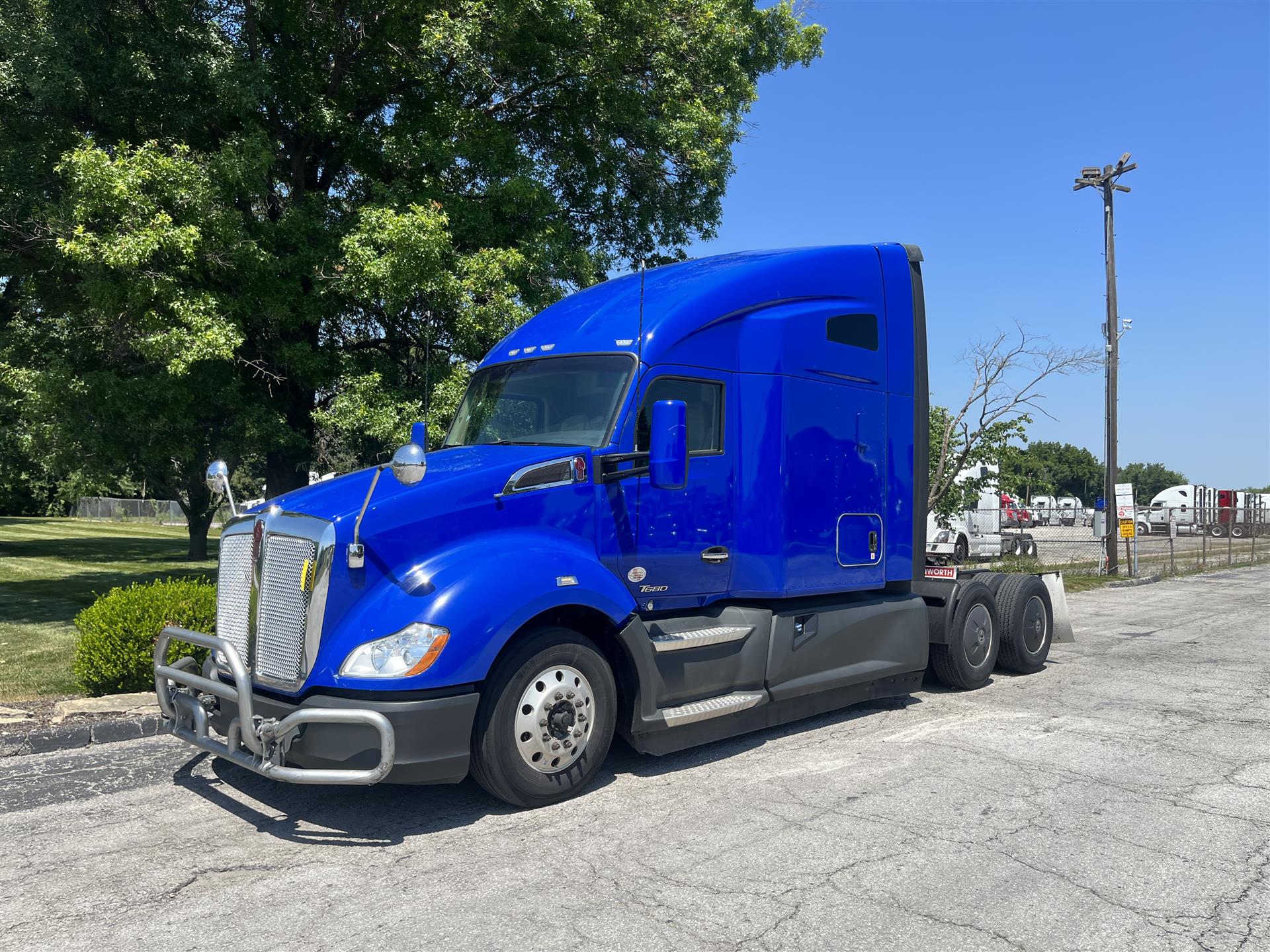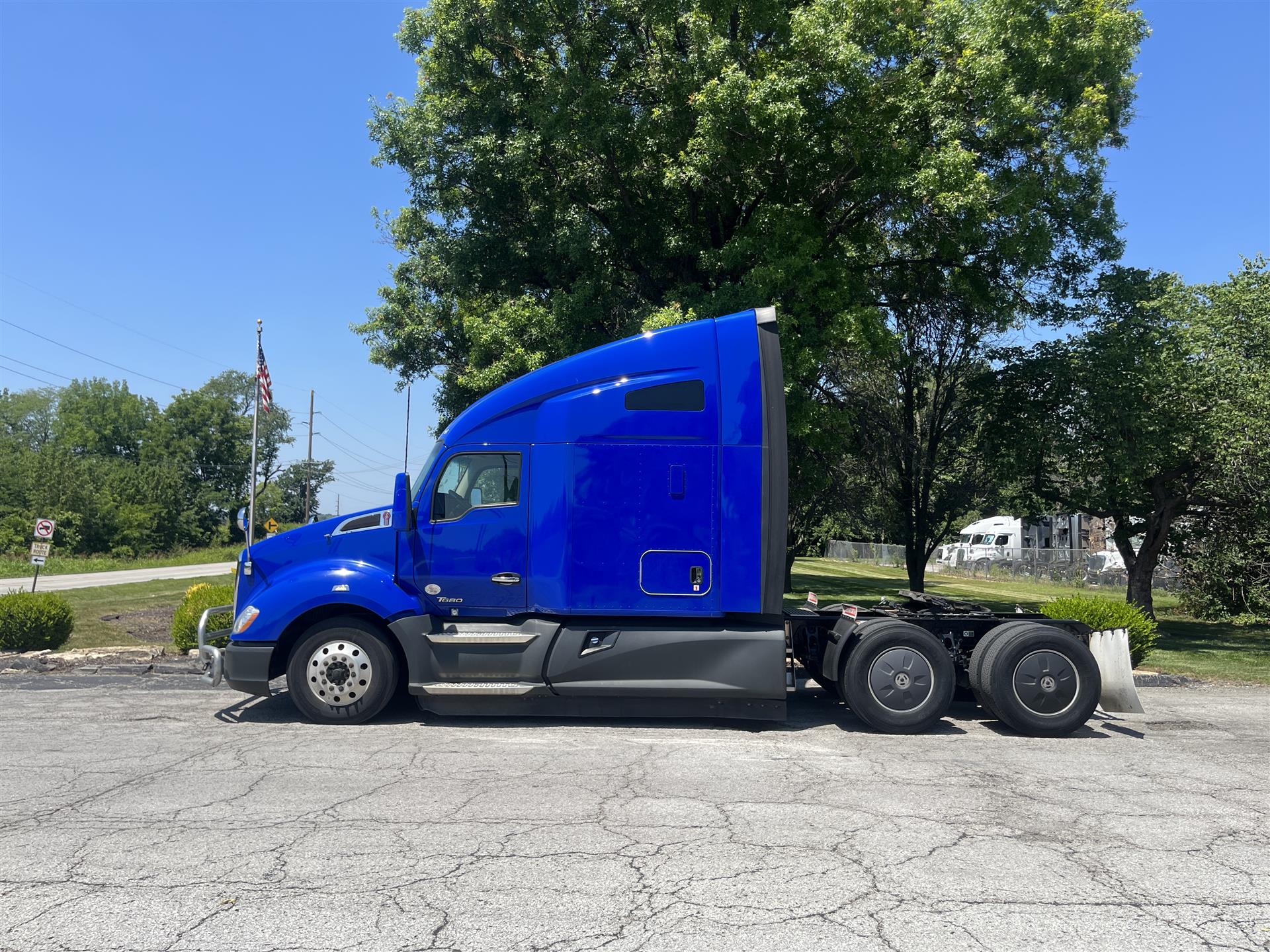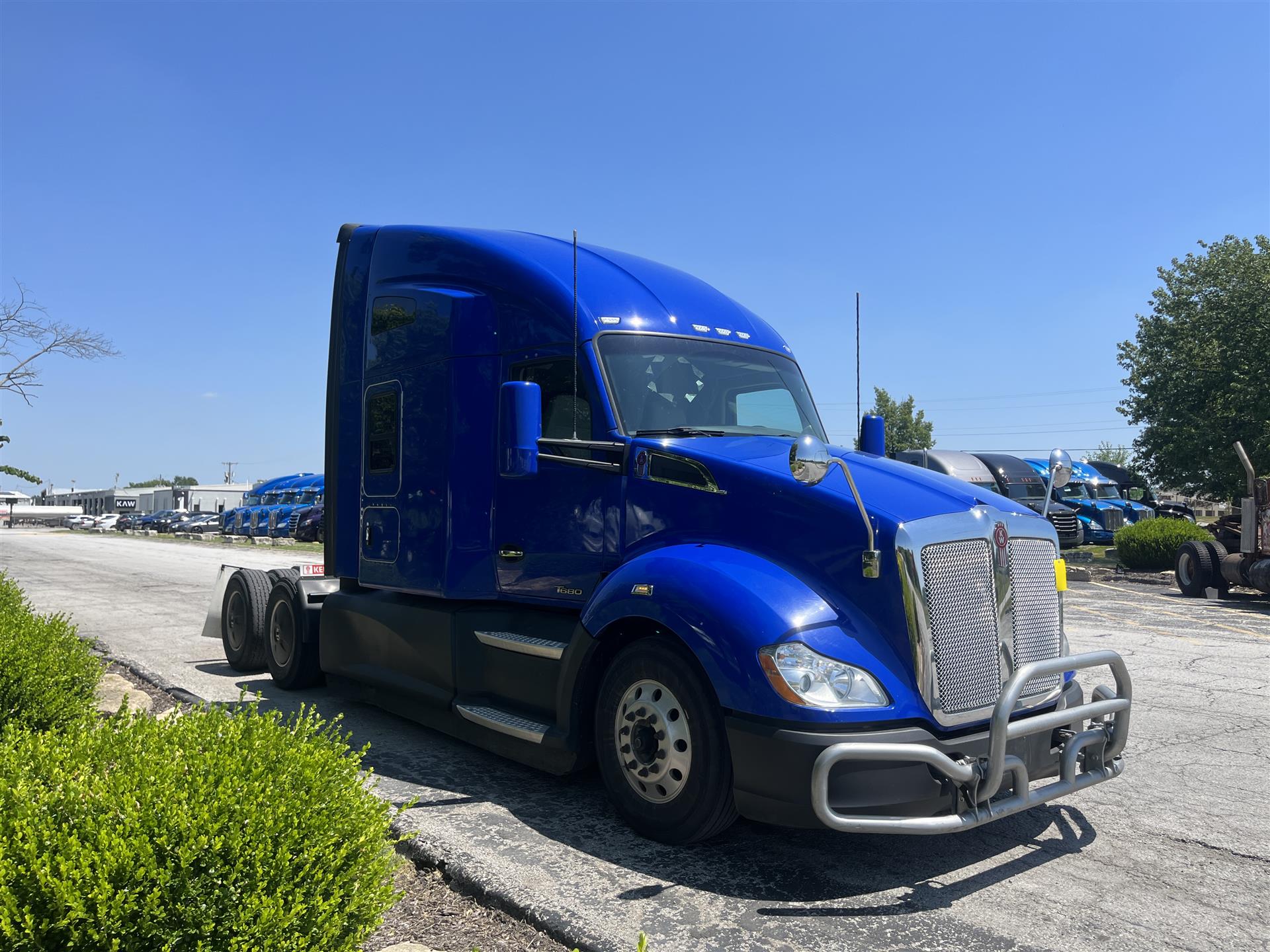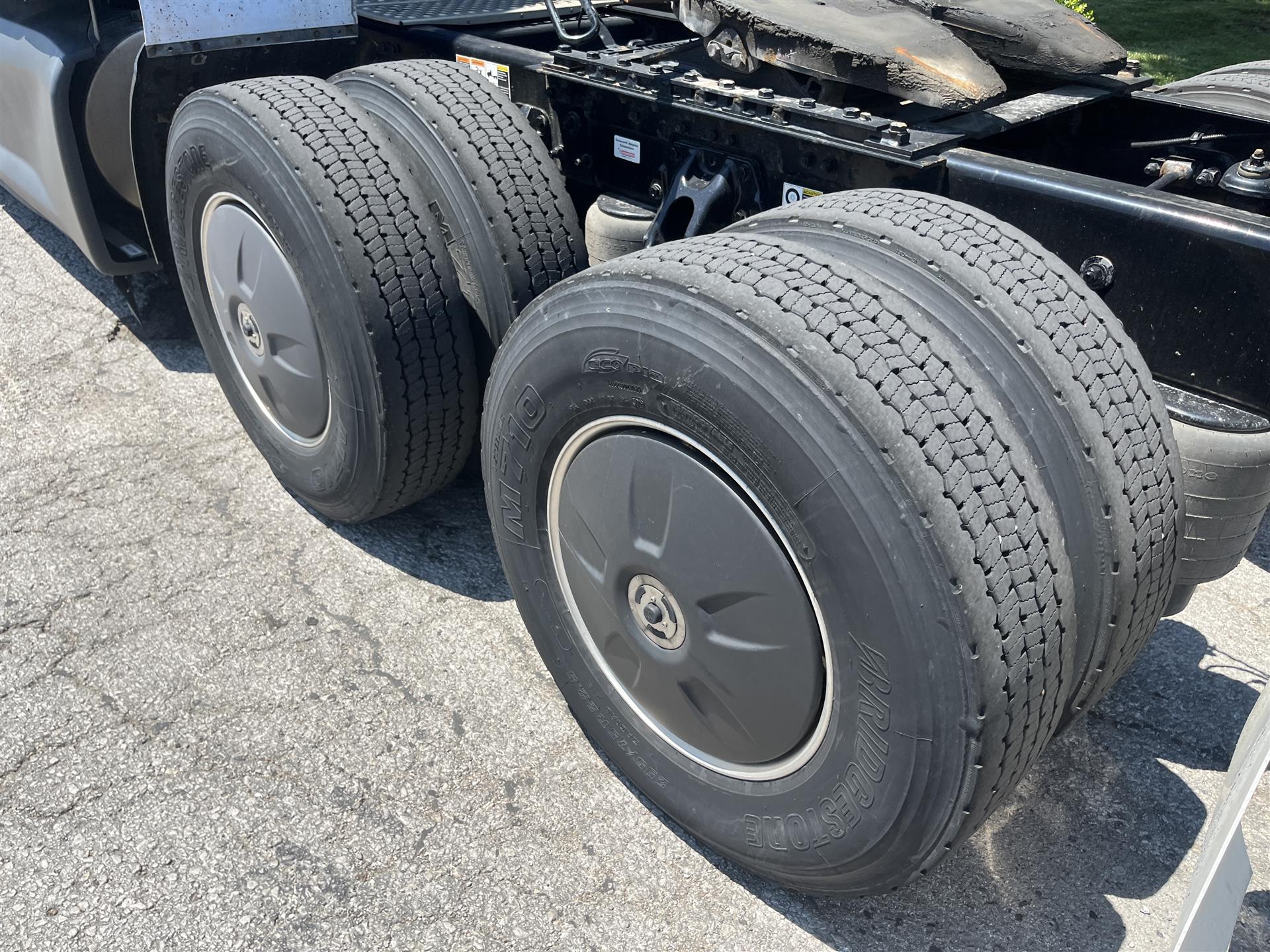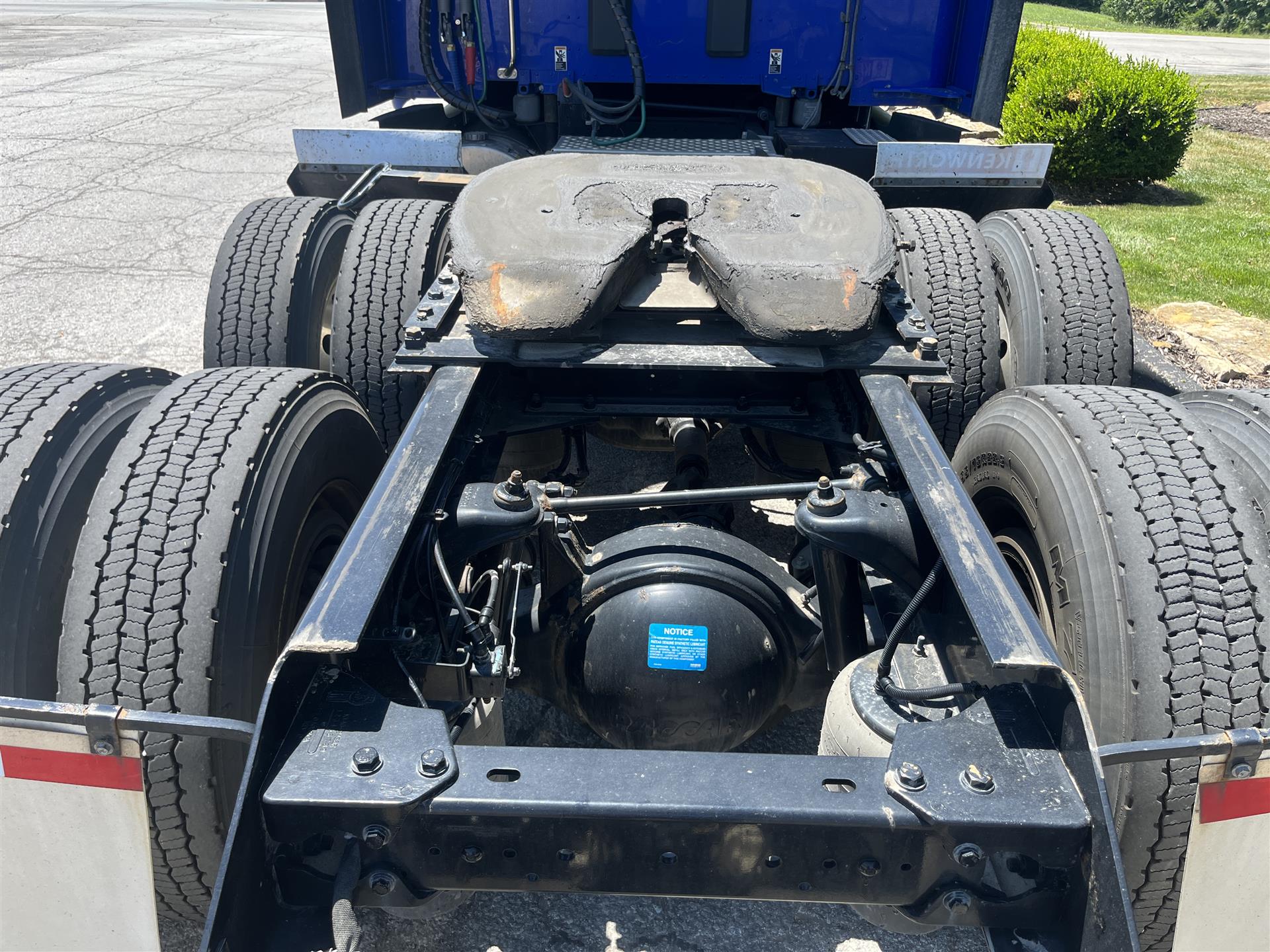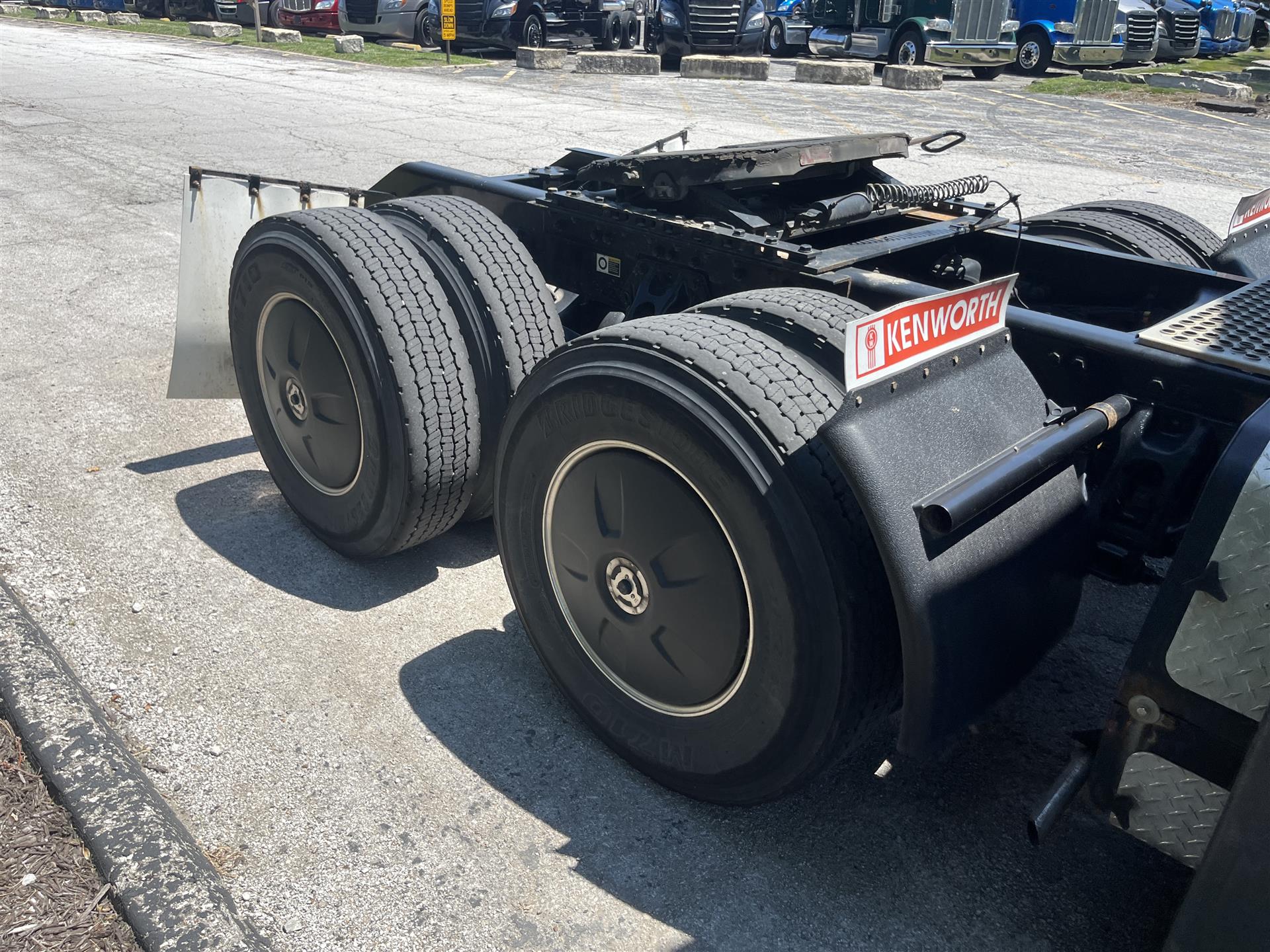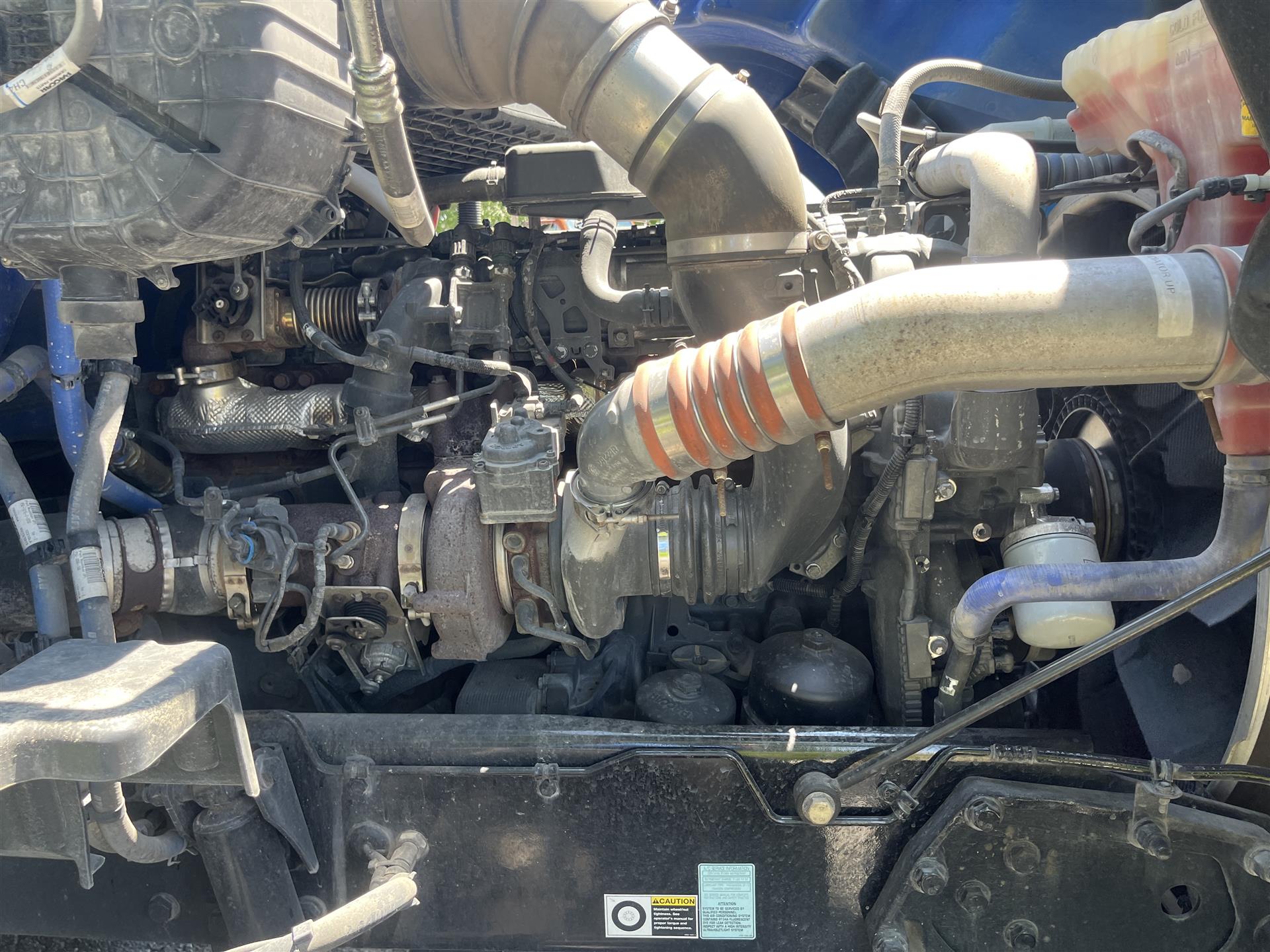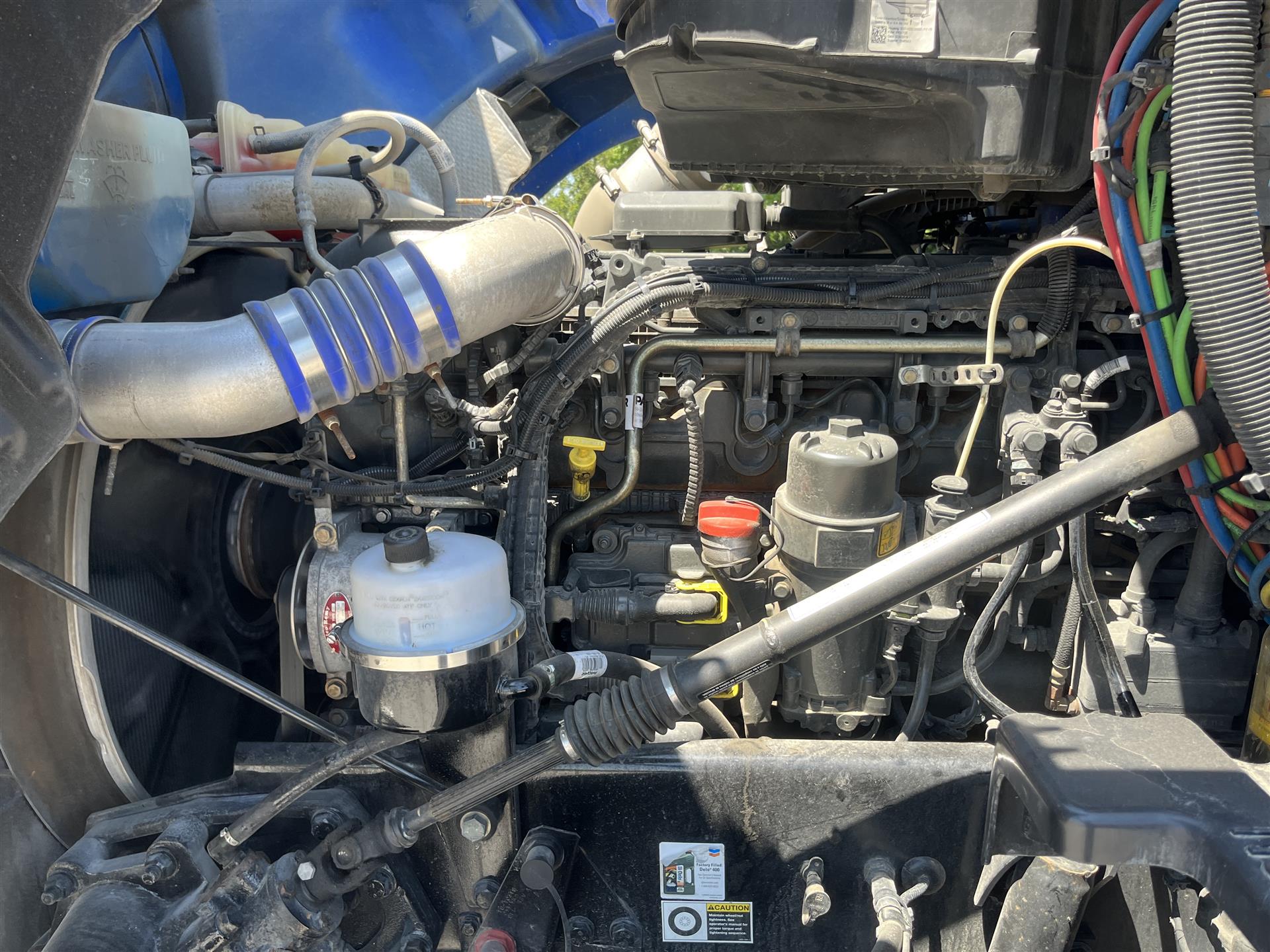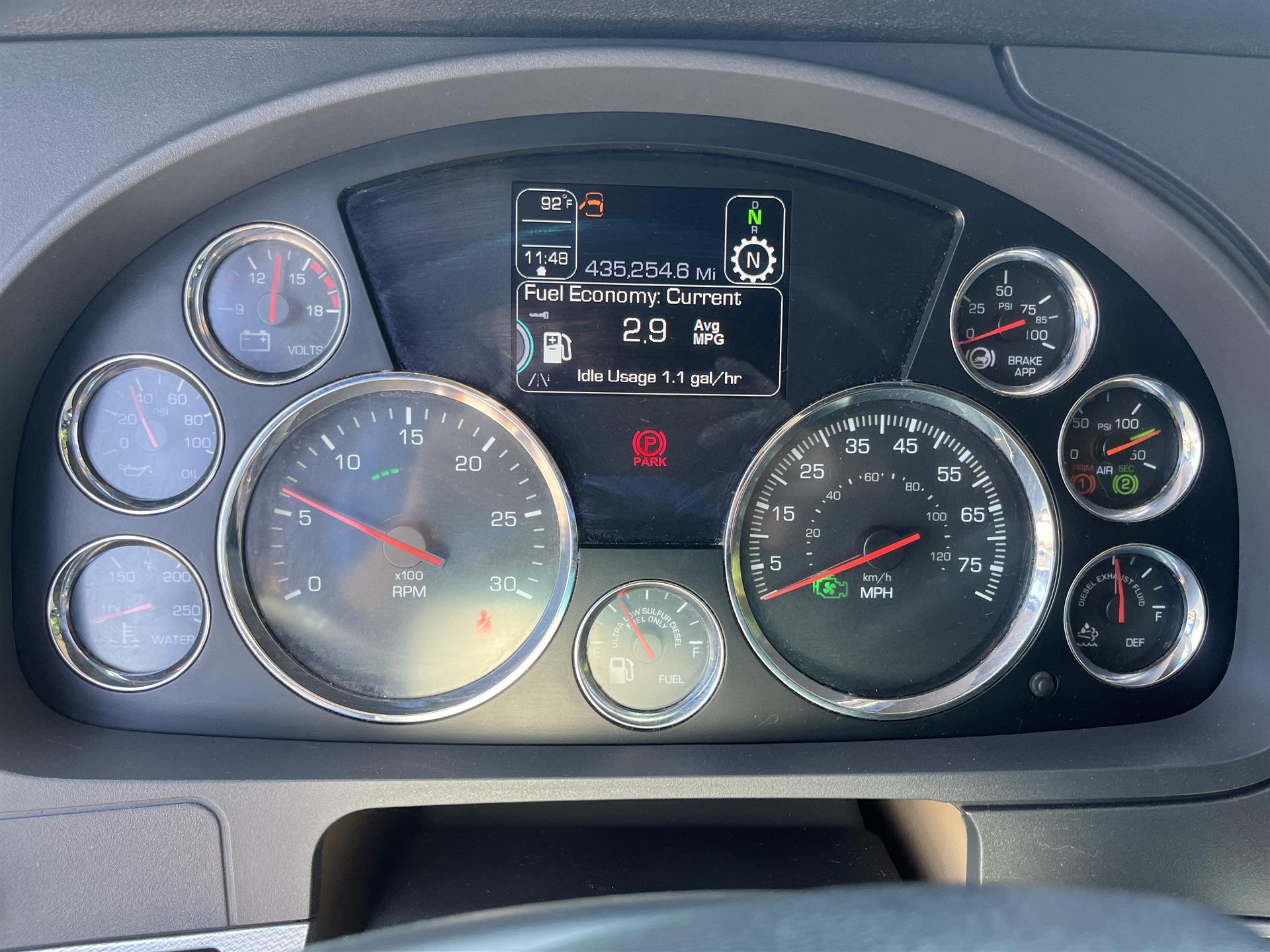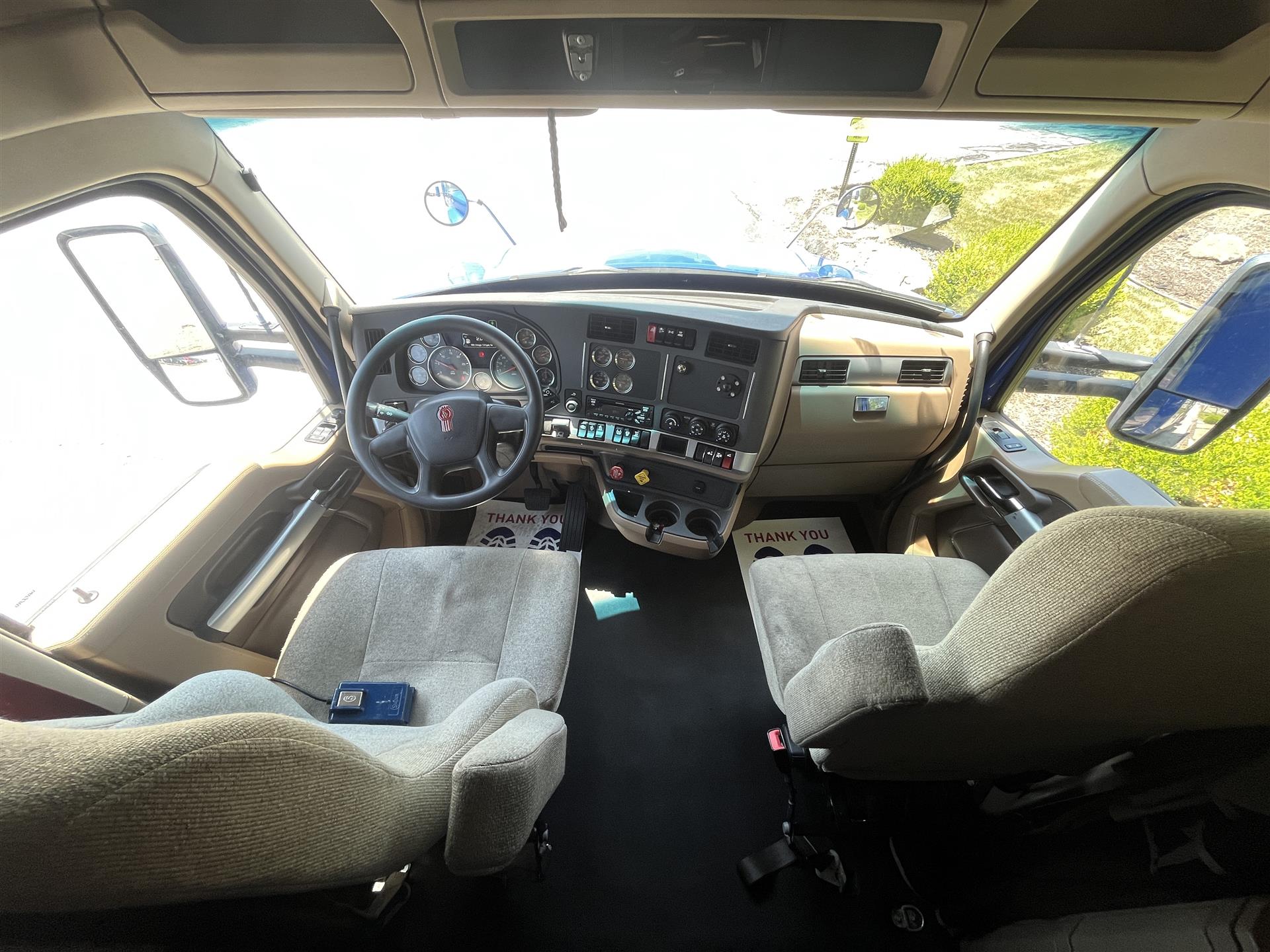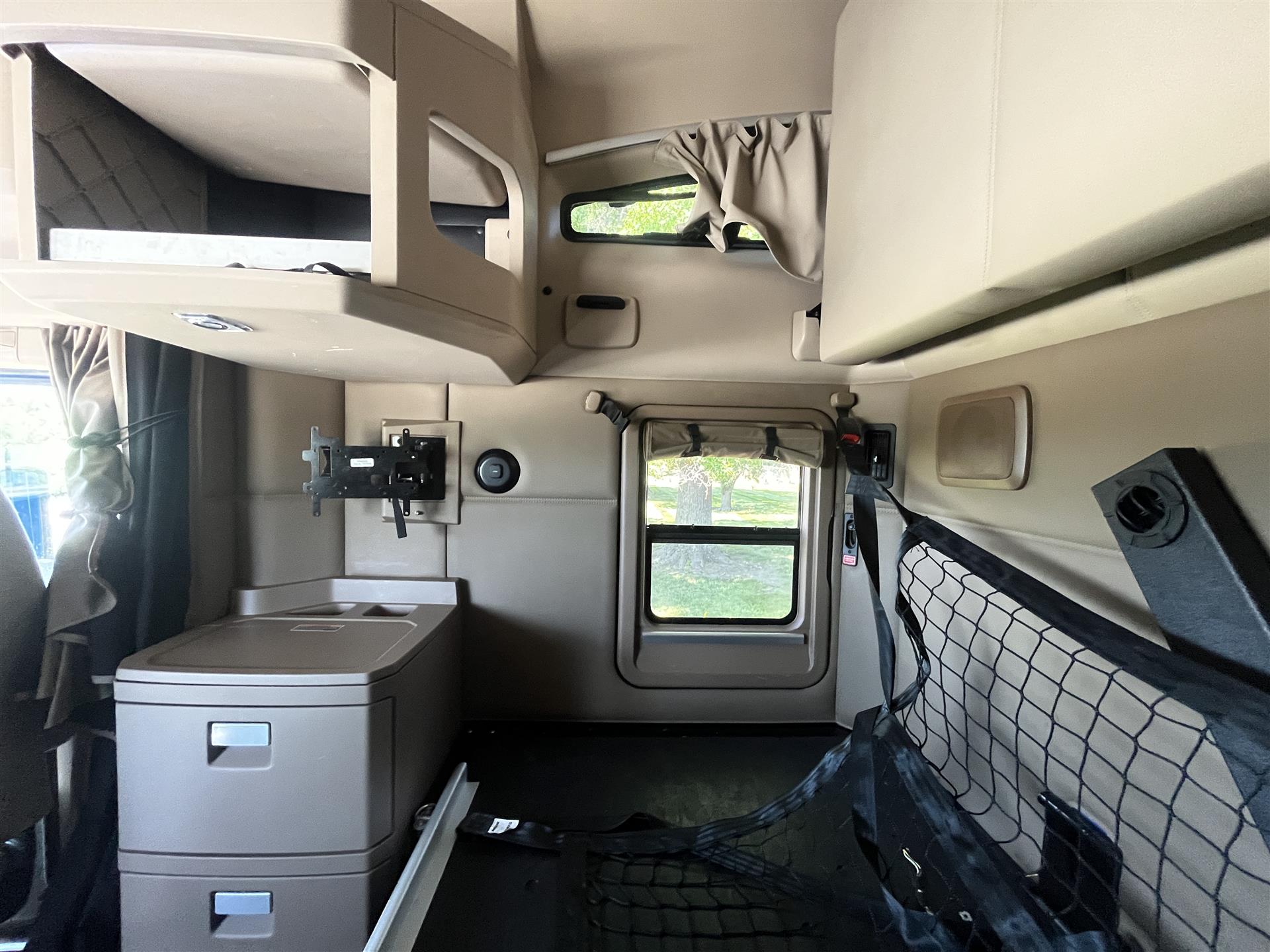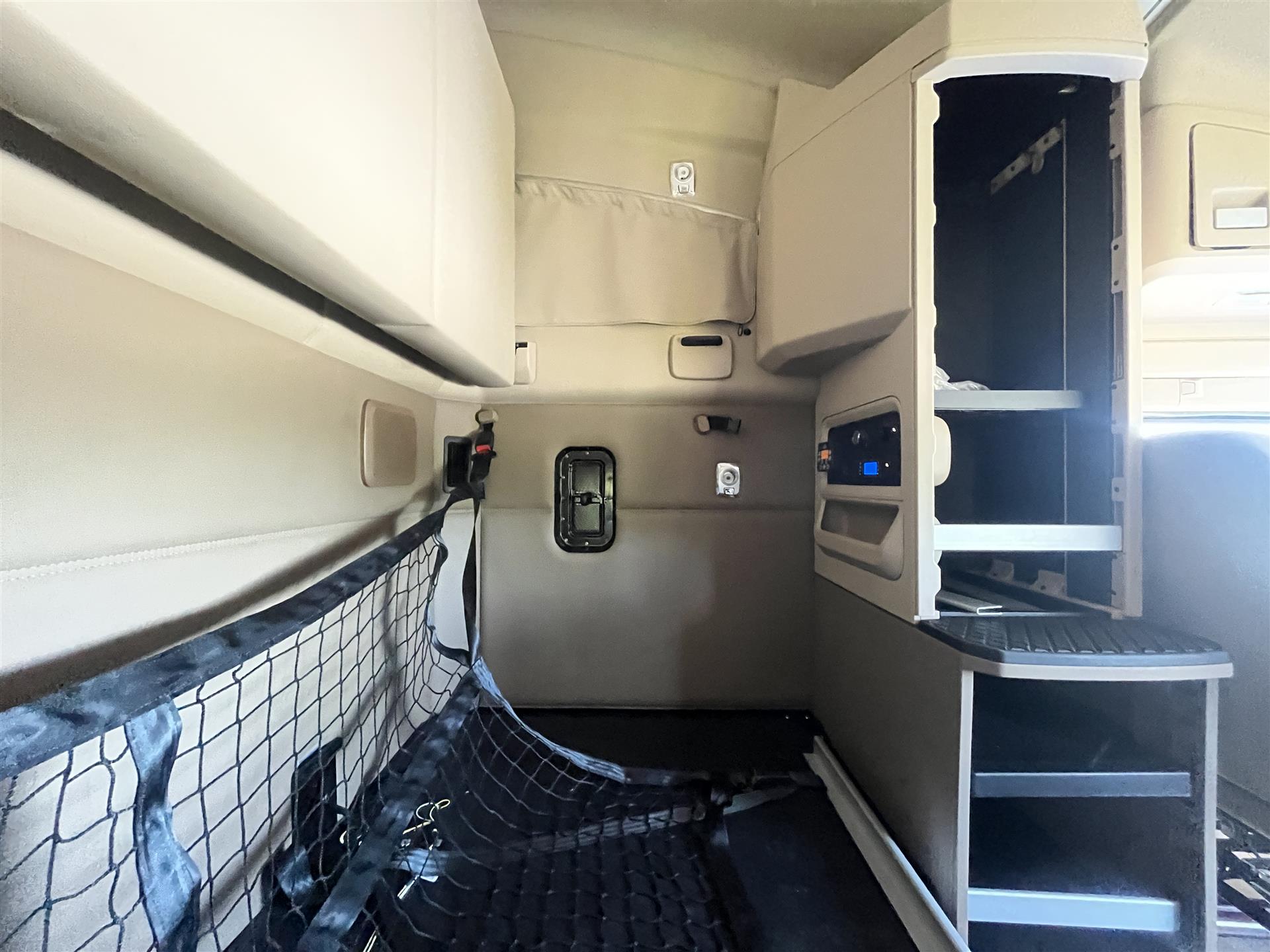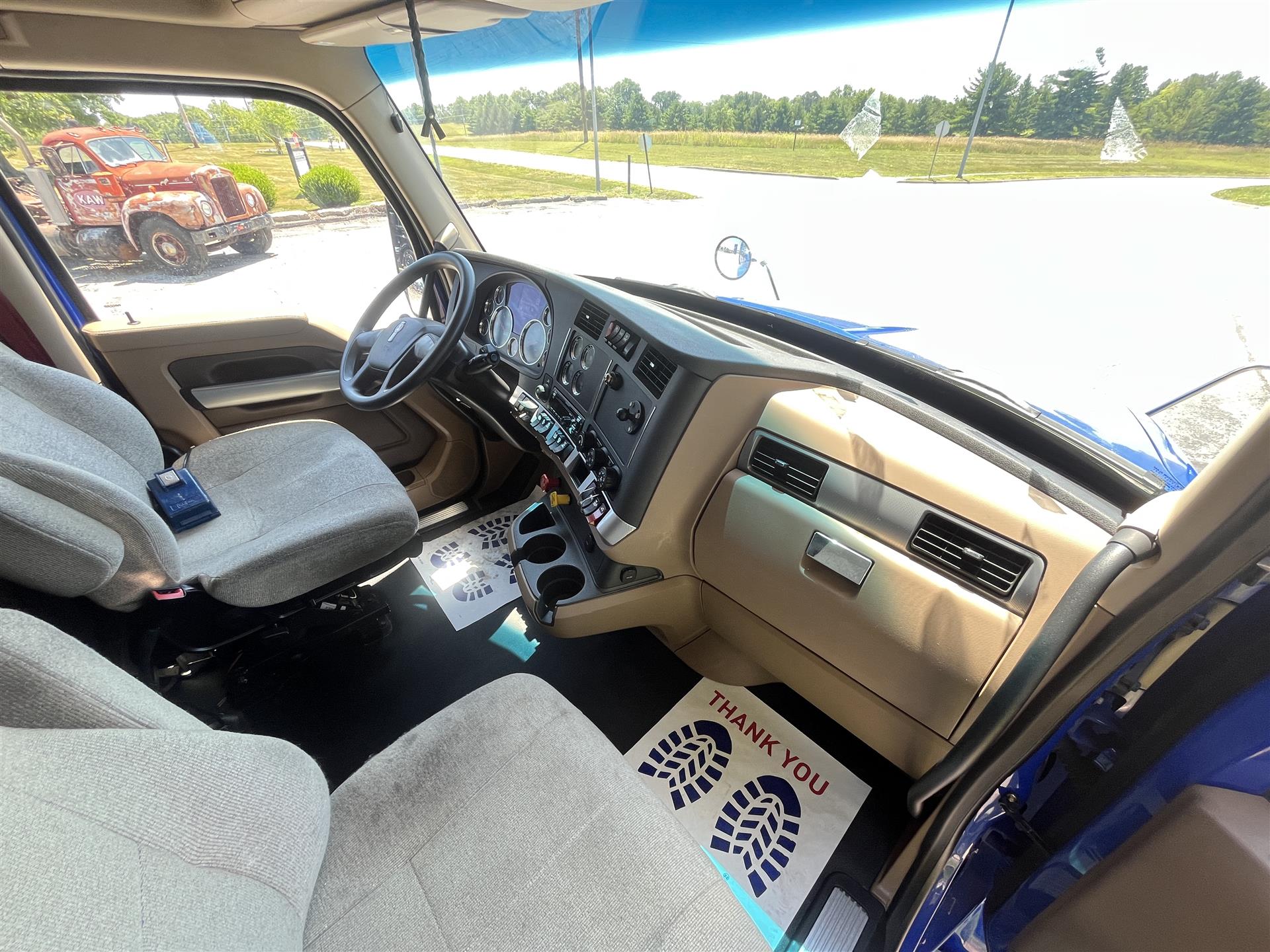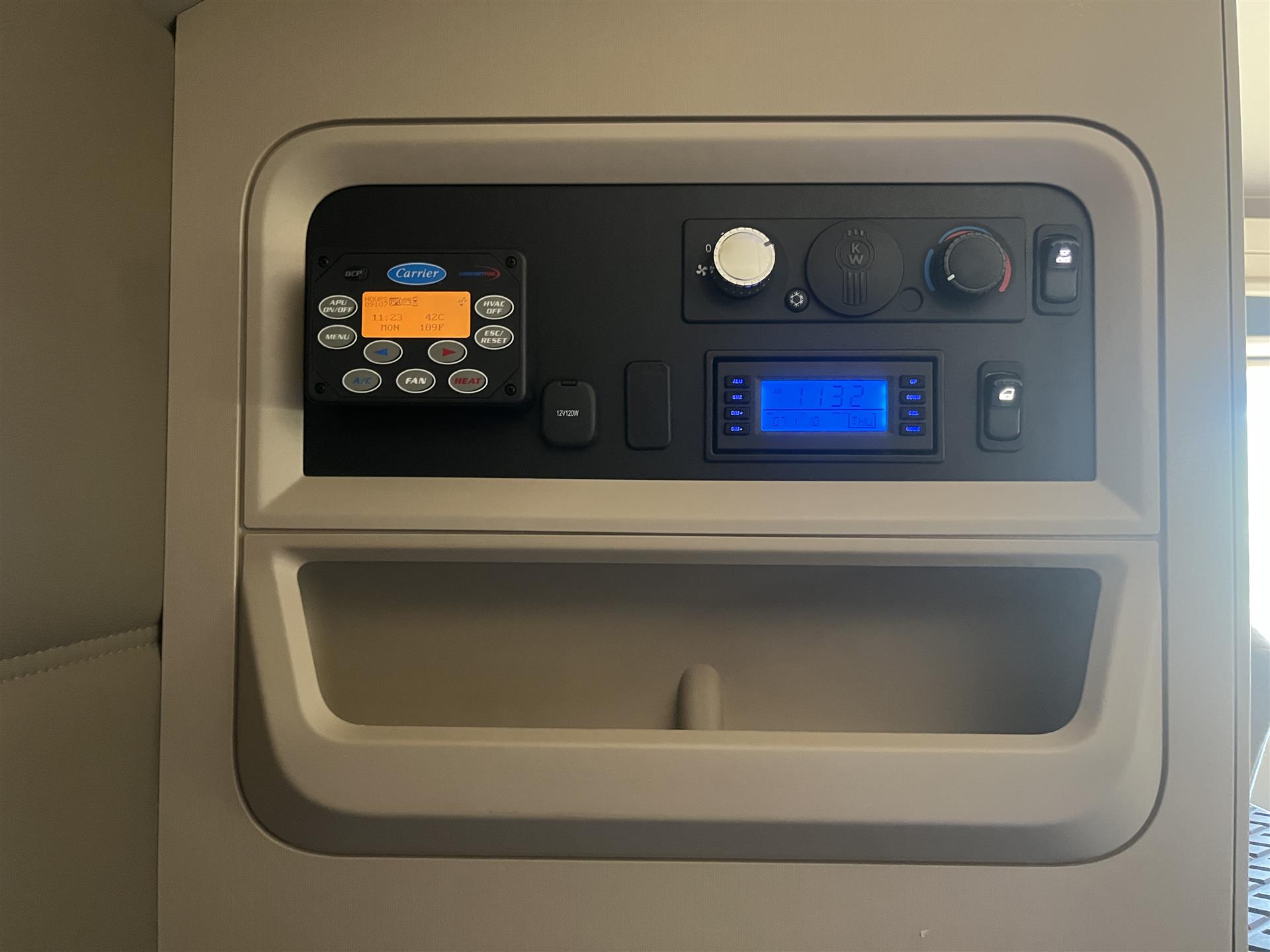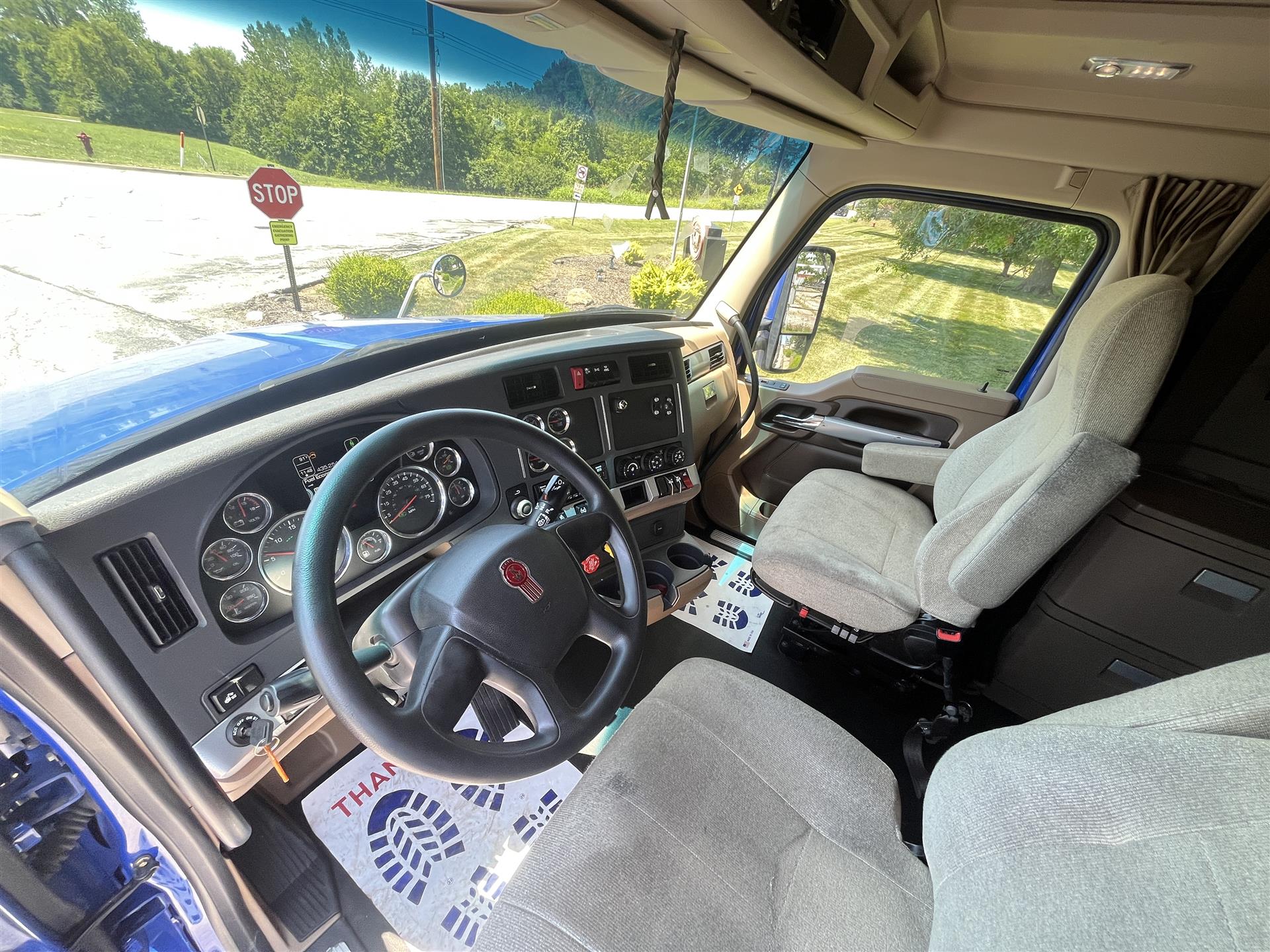Running your own trucking company as an independent owner-operator will make a big difference in your truck driver career. If you are ready for such a big step, getting your own trucking authority is necessary to participate in interstate commerce and get paid for freight transportation. Your authority is issued through the Federal Motor Carrier Safety Administration (FMCSA) in the form of a US Department of Transportation (USDOT) number and your Operating Authority (Motor Carrier Number).
Outlined below are the steps you should take to obtain your authority before running as an owner-operator.
Steps To Getting Your Trucking Authority
Register your business with your appropriate state or county.
Pick your new business name and choose the best legal structure. The most common company legal structure types are sole proprietorships and limited liability companies.
Get an EIN for the IRS.
Although an EIN is optional for a sole proprietorship, it is mandatory for an LLC and corporation.
Register your business with the USDOT.
Your USDOT number provides all of your company information, including vehicle type, cargo, safety, and compliance. This information is filed under your USDOT number and is available to anyone you work with.
To get a USDOT number, new applicants must register online via the Unified Registration System.
Get your MC number.
Complete the appropriate motor carrier operating authority forms (OP-1 series) and submit them to the FMCSA for processing. After applying, you’ll immediately receive your MC number, but it is not active yet. Within 20 days, you will need to complete the BOC-3 and receive your insurance policy. After that, your MC number will become active in about 2-3 weeks, at which point you will receive it by mail.
File a BOC-3.
As a new trucking company, you must file a BOC-3 before you can start operating within the US. It serves as a means for the public to be able to reach you if you are involved in court proceedings.
Get your insurance policy.
The FMCSA requires a carrier to have $750,000 – $5,000,000 primary liability, depending on commodities transported, and $10,000 per occurrence.
Pay the HVUT.
Heavy Highway Vehicle Use Tax fees are based upon the number of trucks you operate, with a gross taxable weight above 55,000 pounds. You can’t set up your IRP without paying your HVUT. Get Form 2290 from the IRS website.
Get your plates and set up your IRP (International Registration Plan).
(IRP) is a registration reciprocity agreement among states of the United States, the District of Columbia, and provinces of Canada for vehicles over 26,000 pounds that cross state lines. It provides for payment of apportionable fees based on the total distance operated in all jurisdictions. You’ll also need your truck’s VIN, title information, purchase cost and date, and vehicle make and model.
Create your IFTA account (International Fuel Tax Agreement).
IFTA is an agreement between all contiguous states, the District of Columbia, and participating Canadian provinces to simplify the reporting of motor fuel taxes by interstate motor carriers. Once you have set up your IFTA account, you’ll get an IFTA license and two decals for every qualifying truck. With an IFTA license, you must submit one fuel tax return every quarter to your base jurisdiction.
Complete your UCR (Unified Carrier Registration).
If you want to participate in interstate commerce, you must submit annual fees based on your fleet size to supplement funding for state highway motor carrier registration and safety programs. You must renew your UCR annually and use your MC number and USDOT to apply.
Enroll in a drug and alcohol testing program.
Federal regulation requires that you must have your new business enrolled in a drug and alcohol testing program before you can operate legally.
Obtain all necessary permits to operate your truck legally.
You’ll have to obtain multiple permits before you move certain freight within certain geographical areas.
Getting your trucking authority is not an overnight process. An organized checklist helps you navigate the timeline and ensure you receive the necessary registrations and permits to operate your business legally.




